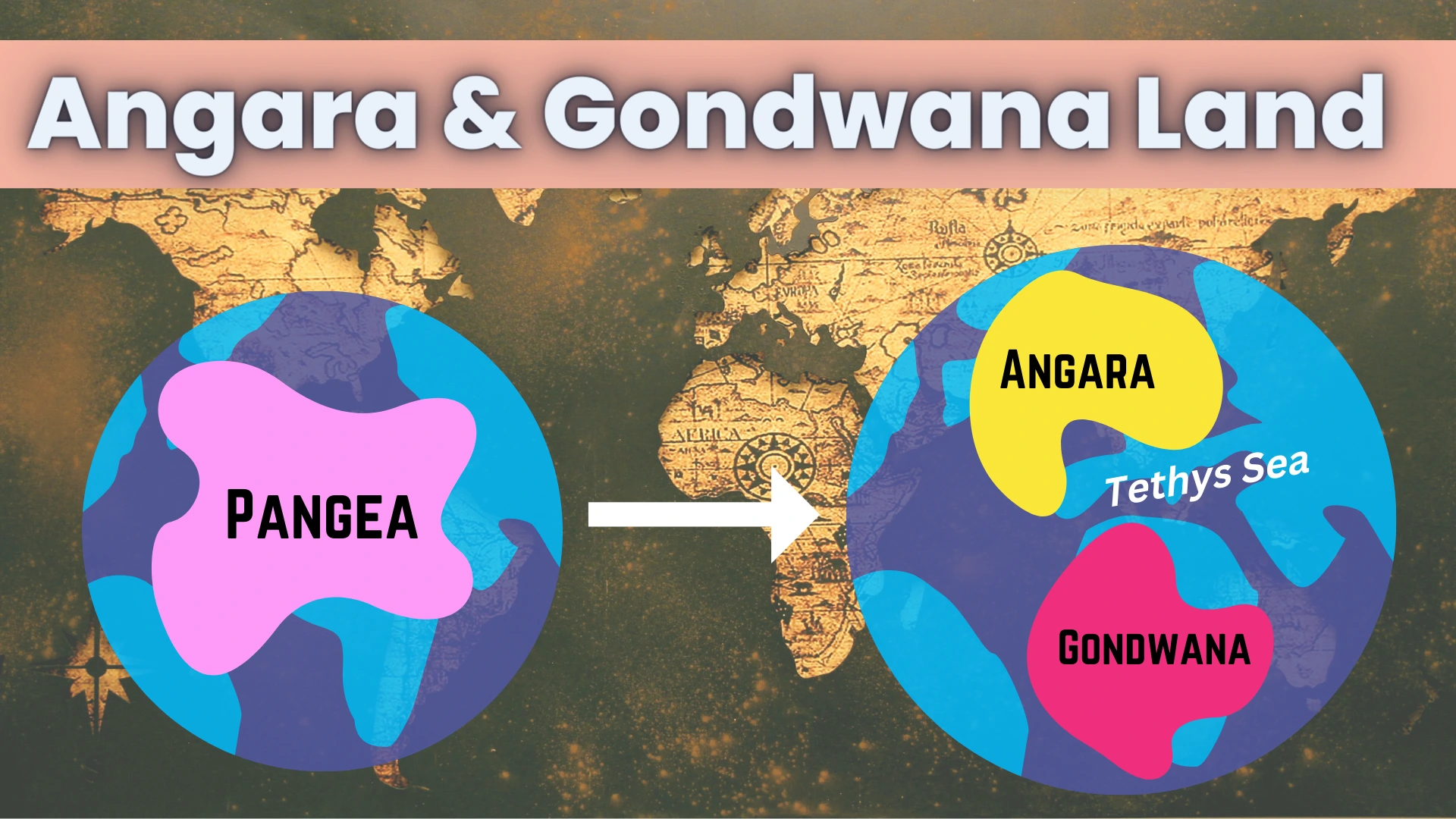Pangea, Angara & Gondwana Land: Supercontinents
The history of our planet is a story of constant change, where vast landmasses have collided, separated, and reassembled over billions of years. The concept of supercontinents, such as Pangea, Angara Land, and Gondwana Land, provides a fascinating glimpse into the dynamic nature of Earth’s geology.
In this article, we will embark on a journey through time to explore the mysteries behind these ancient supercontinents and their profound impact on the planet’s evolution.
What is Pangea?
Approximately 335 million years ago, during the late Paleozoic era, Earth’s landmasses coalesced into a single vast supercontinent known as Pangea. The name “Pangea” comes from Greek, meaning “all lands,” as it was a time when most of the Earth’s continents were connected into one enormous landmass. This supercontinent covered about one-third of the Earth’s surface.
Formation of Pangea
The formation of Pangea resulted from the process of plate tectonics, where the Earth’s lithospheric plates constantly move on the semi-fluid asthenosphere beneath them. Over millions of years, the movement of these plates brought the continents together, leading to the creation of Pangea.
The Breakup of Pangea
The unity of Pangea was not destined to last forever. Approximately 175 million years ago, during the early Mesozoic era, Pangea began to break apart due to the movement of tectonic plates.
This gradual separation led to the formation of two new supercontinents:
- Angaraland in the north (also called Laurasia)
- Gondwana in the south
Laurasia, or Angara Land, drifted northward away from Gondwana, and the opening of the Tethys Sea occurred between them.
Angara Land
Angara Land was indeed another name for Laurasia, which represented the northern portion of the Pangea supercontinent. After the breakup of Pangea, Laurasia consisted of the landmasses that would eventually become modern-day:
- North America
- Europe
- Asia
Gondwana Land
Gondwana Land was the southern supercontinent that emerged from the breakup of Pangea. It comprised the landmasses that would eventually become modern-day:
- South America
- Africa
- Antarctica
- Australia
- Indian subcontinent
- Arabian Peninsula
As Pangea broke apart, Gondwana moved southwards and remained a cohesive landmass for millions of years before it too began to disintegrate. The fragmentation of Gondwana led to the eventual separation of its constituent landmasses to their present-day positions.
Read More Concepts of Geography!
Conclusion
The story of Pangea, Angara Land, and Gondwana Land takes us on an extraordinary journey through Earth’s geological past. Understanding the formation and breakup of these ancient supercontinents not only reveals the dynamic nature of our planet but also sheds light on the interconnectedness of life and the environment throughout history.
As we continue to explore the mysteries of Earth’s geology, we gain a deeper appreciation for the forces that have shaped our world and continue to influence its future. The study of Pangea, Angara Land, and Gondwana Land remains a captivating field of research, inspiring geologists and scientists to unravel the secrets of our planet’s profound past.
Happy studying!

